Vetum Gima Galadima and Amaka Obioma are among the five recipients of the inaugural Open Country Mag Curatorial Fellowship, sponsored by Africa No Filter. Their proposal was an artistic research, digital art, and mixed media project on Nok terracotta called Among Us. The initiative supported Among Us with $1,000 and mentorship by Lumen Prize winning artist Minne Atairu, A Nasty Boy founder Innanoshe Akuson, and Open Country Mag editor Otosirieze.
Obioma is a multimedia artist who works in performance, visual storytelling, fashion, and artistic research. She currently co-curates Tantdile Xperimenta Lab, an art collective that collaborates with the general public in a discussion of social issues. Her work explores human connection in the global stratosphere and means of sustainable living, womanism, and the body as media. It integrates freedom in perspective, syncretic beliefs, and socio-cultural activism.
Galadima is a visual interdisciplinary artist and curator from Kaduna. She is the creative director of Villager’s Paradise, of The Sundial, and of Vetum’s Pop -Up Space. She has a B.A. in Archaeology from Ahmadu Bello University and has working experience at the National Commission for Museum and Monuments, Ataoja’s Palace, and the Osun Osogbo Sacred Grove. She is a 2021 Arts in Medicine Fellow and was a participant of the Goethe-Institut and Institut Francais 2021 Networking in Times of Crisis Digital Workshop. She has curated art exhibitions, including the #ArewaMeToo exhibition in Kaduna.


What is Among Us?
Among Us is an interdisciplinary project that creates 3D scans of Nok artefacts for an AR-scape in conception. Nok is a village in Jaba Local Government Area of Kaduna State, northern Nigeria, and Nok civilisation thrived from around 1500 BC to 500 AD, but the art we know today are dated from 500 BC to 200 AD. So we combine the concepts of museum technology and art direction to create a perspective for art preservation and archiving. The title “Among Us” emphasizes the continued presence and spiritual values of Nok heritage.
Our project informs Nigerians and the world of the legacy of Nok art. Through extensive research, we made connections between cultures and tribes living in the Nok area and other cultural artefacts. Despite its ethnic diversity, Northern Nigeria’s neglect of its core heritage has caused the loss of much information, and the purpose of Among Us is to re-introduce and preserve those while exploring indigenous knowledge systems and ecosystems that are under threat.
Among Us is also a platform for sustaining eco-tourism and preserving the biodiversity of the Nok site while implementing effective methods of climate and artefact conservation. We hope that it sheds more light on the effects that climate crisis has on communities, in places like Kaduna State.
When did you first have the idea for Among Us, and how did it develop?
Before we first met in 2021, in Ibadan, we were each exploring climate consciousness and cultural heritage. Vetum worked in Augmented Reality and local methods of African textile design, and Amaka was organising arts, performance, and community engagement. In 2023, we decided to collaborate on Among Us, to curate technological concepts with written and established texts.
The project, on the whole, was inspired by alternative ideas for preservation in the modern world and what culture can be interpreted as globally. Placing a focus on Nok civilization gave us a chance to do it with technologies.
Which aspects of Among Us were the easiest to create?
The easiest would be the planning. We foresaw the exciting prospects of curating Among Us and knew that our ideas could be relatable to the general public, because it solves the problem of Nigerians’ lack of access to our historical legacies, how we must seek colonial sources to understand our own art. Logistics were easier to navigate once we were able to adapt to changing dynamics.
Which aspects were the most challenging?
The challenging aspects rose in the process of finalizing the project. Because it’s a fellowship, we had to give up autonomy on certain aspects, which we were not used to. Remotely collaborating and working with institutions was not easy: living in different environments created lapses in communication and clarity. The process with some Nigerian institutions was slowed due to bureaucracy. We could not retrieve as much information on the case study artefacts as we imagined we would.
Another problem was finding the technology. Renting a 360 camera to capture the Nok site proved difficult, and we opted for the next best option: photography. Insecurity in Northern Nigeria also restricted our movement and plans. Our research trips were potentially dangerous as the sites were far from urban areas, but we conducted them successfully, without harm to us.
What gap does Among Us fill in curation and culture?
Among Us has strengthened our faith that our collective heritage would not be lost. The project also showed an ethical way to share strong points of culture. By using technology — and being conscious of its impacts in the world — we have created something that we hope endures and defies expectations. There aren’t enough images of African art in African societies, and Among Us opens a future of global curation.
What is the future of Among Us after the Fellowship?
We hope to partner with even more institutions and professionals that recognize the value of preserving culture. We hope to undertake more research, documentation, and artistic reinterpretation of historical legacies in Nigeria. We would like to explore what African heritage in the 21st century could be.
Importantly, we want to advocate for the professional conservation of the Nok site and culture. The Kaduna museum, for example, could use better storage facilities. We hope to partner with the museum to show our project as an experience to tourists and visitors.
What are the most important skills that you picked during the Fellowship?
We received guides for communication and adapting to different environments and communities to achieve a shared goal. We learned the nuances of collaboration and remote work. We also understood how ideas could change due to external forces and collaborative dynamics.
By working with our mentors, we’ve gained better confidence in adapting to alternate strategies and possibilities. ♦
Explore AMONG US here. Contact Amaka Obioma and Vetum Galadima via email: vetumgaladima@gmail.com; Instagram: @vetumgaladima, @amyx_obi; Twitter : @myindigobook, @Amyx_O; and LinkedIn: Vetum Gima Galadima, Amaka Obioma.
If you love what you just read, please consider making a PayPal donation to enable us to publish more like it.
Other Projects from the Open Country Mag Curatorial Fellowship, Sponsored by Africa No Filter
— Presenting It’s Bloom Time, a 3-D Fashion Story Collection
— Presenting Luba, an Exhibition on Malawian Flora
— Presenting One Foot in the Closet, a Podcast for Queer and Beyond-the-Binary Africans

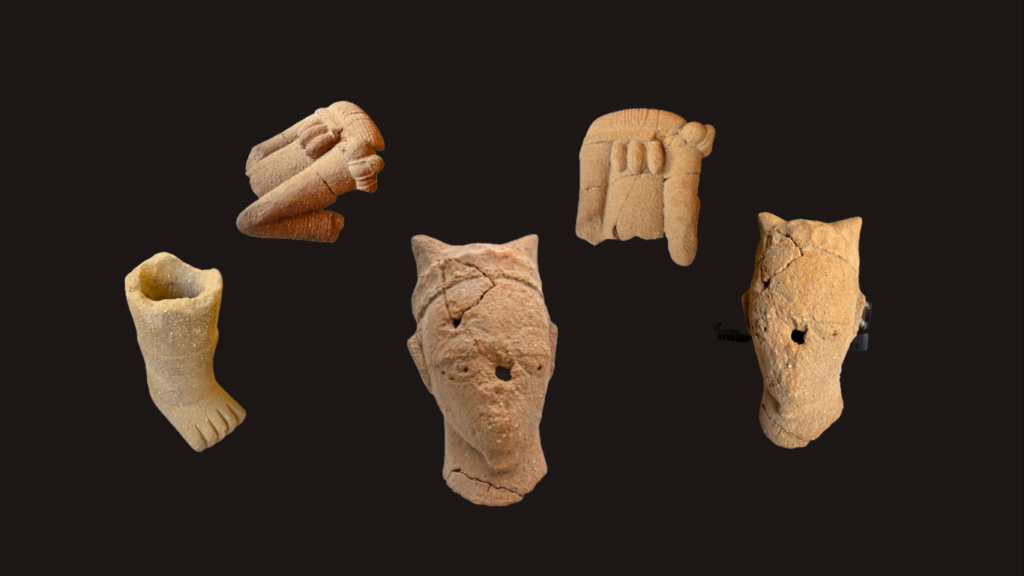
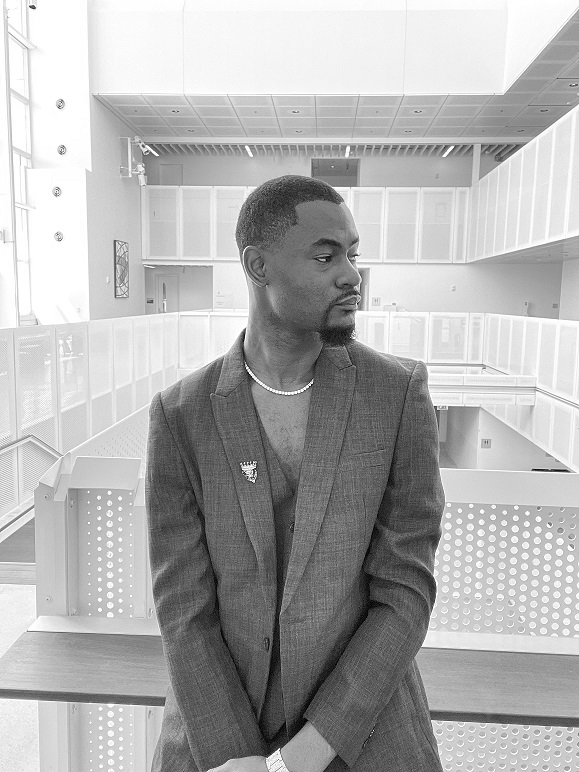
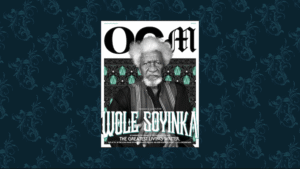
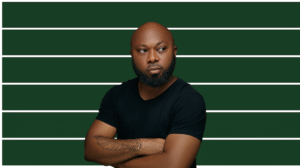
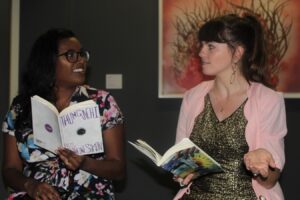
3 Responses